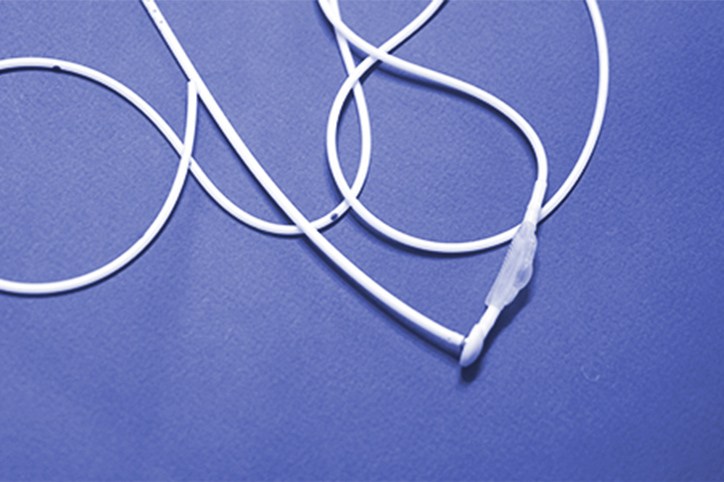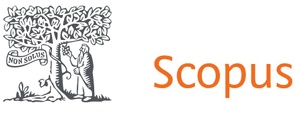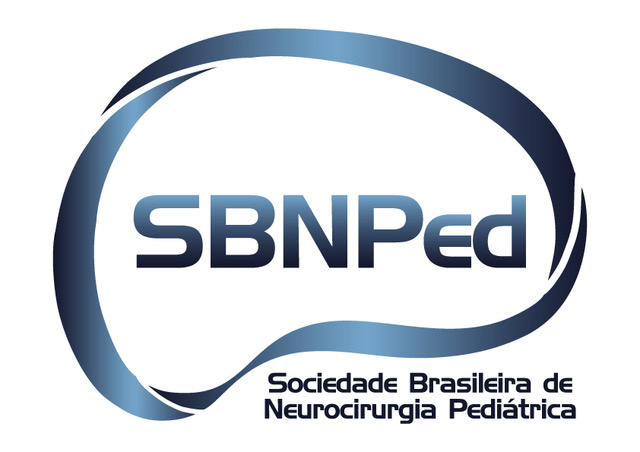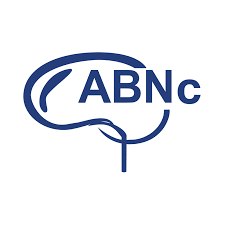Ventricular shunt infection strategic issues on the hardest complication of hydrocephalus treatment.
DOI:
https://doi.org/10.46900/apn.v2i2(May-August).31Keywords:
Ventricular shunt, Shunt infection, Cerebrospinal fluid infection, VentriculitisAbstract
Ventricular shunt (VS) is still the main therapy for hydrocephalus in children. Although many lives can be saved with this procedure, shunts are notoriously prone to complications. Among these, infection is the most difficult to deal with. This paper evaluates most aspects of shunt infection, such as etiology, risk factors, diagnosis, treatment and associated complications. Literature shows that the majority of infections are caused by Staphylococcus, although other microorganisms can be involved, like gram-negatives and Mycoplasma. Etiology is thus variable and medical personel should be aware of it. Due to the potential of VS infection o provoke increasing morbidity and mortality in children, it should be stressed the importance of a correct and fast diagnosis to secure a suitable treatment. Additionally, there isn't an uniform protocol worldwide regarding the use of antibiotics, so it often depends on the physicians suggestion and the preference of the hospital's microbiology team. This situation reinforces the need for frequent update to the most recent literature available.
Downloads

Additional Files
Published
How to Cite
Issue
Section
License
Copyright (c) 2020 Isabella Nunes Matos, Livia Barros Taumaturgo, Maria Eduarda Quidute Arrais Rocha, Maria Victoria Pessoa Freire, Sarah Ferrer Augusto Gonçalves, Carlos Eduardo Barros Jucá

This work is licensed under a Creative Commons Attribution 4.0 International License.

When publishing in Archives of Pediatric Neurosurgery journal, authors retain the copyright of their article and agree to license their work using a Creative Commons Attribution 4.0 International Public License (CC BY 4.0), thereby accepting the terms and conditions of this license (https://creativecommons.org/licenses/by/4.0/legalcode).
The CC BY 4.0 license terms applies to both readers and the publisher and allows them to: share (copy and redistribute in any medium or format) and adapt (remix, transform, and build upon) the article for any purpose, even commercially, provided that appropriate credit is given to the authors and the journal in which the article was published.
Authors grant Archives of Pediatric Neurosurgery the right to first publish the article and identify itself as the original publisher. Under the terms of the CC BY 4.0 license, authors allow the journal to distribute the article in third party databases, as long as its original authors and citation details are identified.


























